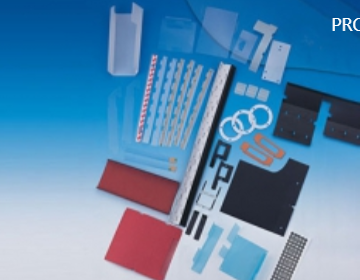
Comprehensive overview of thin layer chromatography silica gel plate
TLC silica gel plate
It has been widely used in the identification of trace impurities and main components in medicine, pesticide, Chinese herbal medicine, organic chemical products and food and food. At present, it is used in new materials, POM board, POM rod, and also plays an important role in judging gutter oil.

Classification of TLC silica gel plate specifications are divided into: G, H, GF254, HF254. So what exactly do these numbers stand for? What are they basing it on? "Silica gel H"-- without adhesive; "Silica gel G"-- containing calcined gypsum adhesive; "Silica gel HF254"-- contains fluorescent material, can be used to observe fluorescence at 254nm uv light; Silica gel GF254 contains both calcined gypsum and fluorescent agent.
Features 1, good separation effect, high number of trays. 2, dot dot small, easy to series analysis. 3, the separation time is short, can separate more than 5 components per minute. 4, high sensitivity, spots clear, non - diffusion. 5. Large separation capacity, a 10*20cm plate can separate at least 144 kinds of substances. 6, suitable for quantitative analysis of thin layer scanning
Thin layer chromatography silica gel plate production process, to distribute thin layer chromatography, its principle is to use the polar solvent absorption of the mixture formed on the solid support agent, spread into a thin layer (or column), and then activated, sample (or sample), and then use the weak polarity of the development agent (or eluent) to expand. During the development, the components are continuously distributed between the stationary phase and the mobile phase. Due to the different distribution coefficient of each component in two phases, it can be separated from each other.